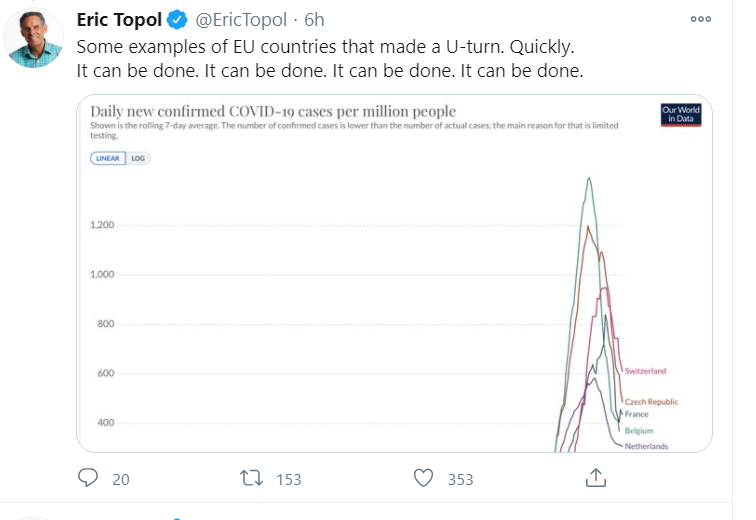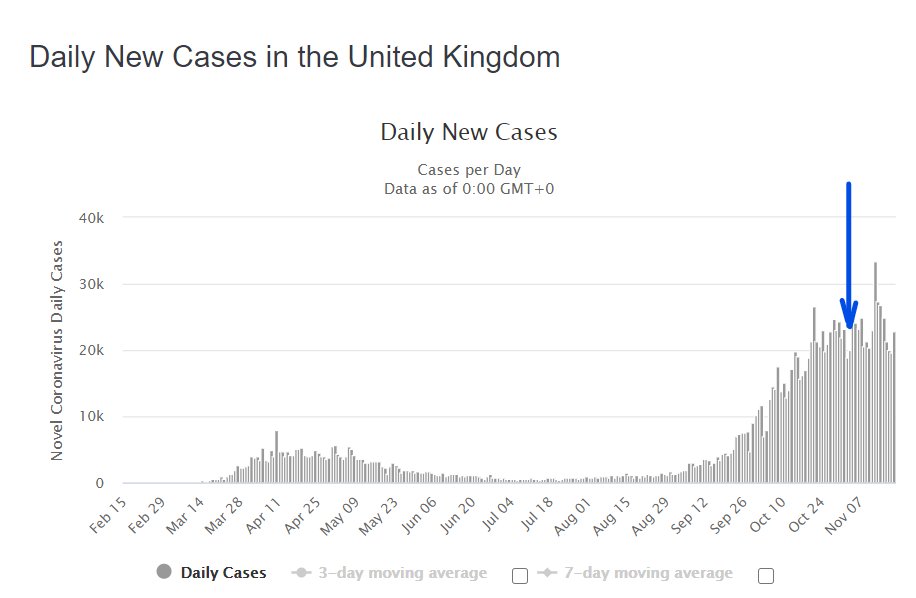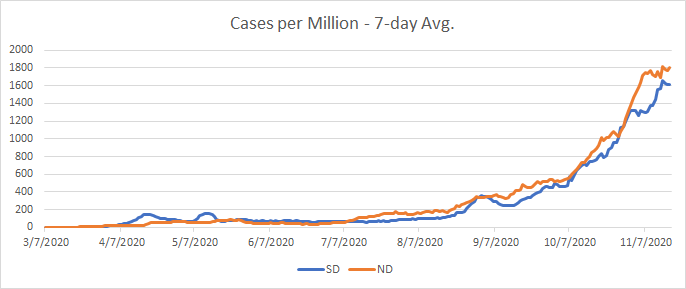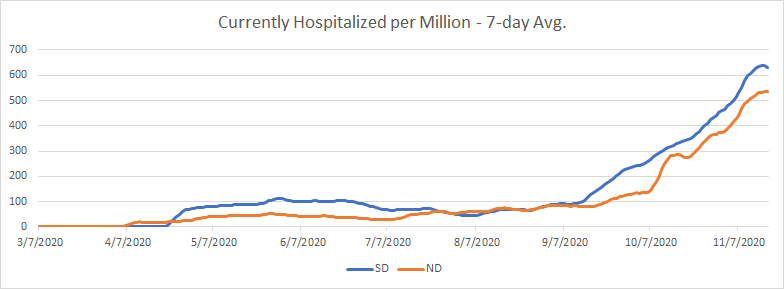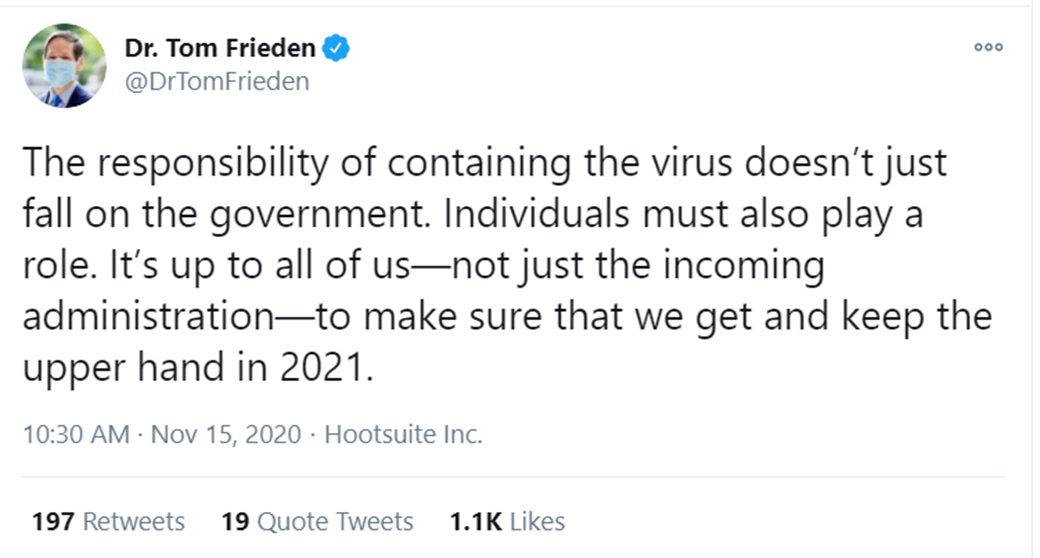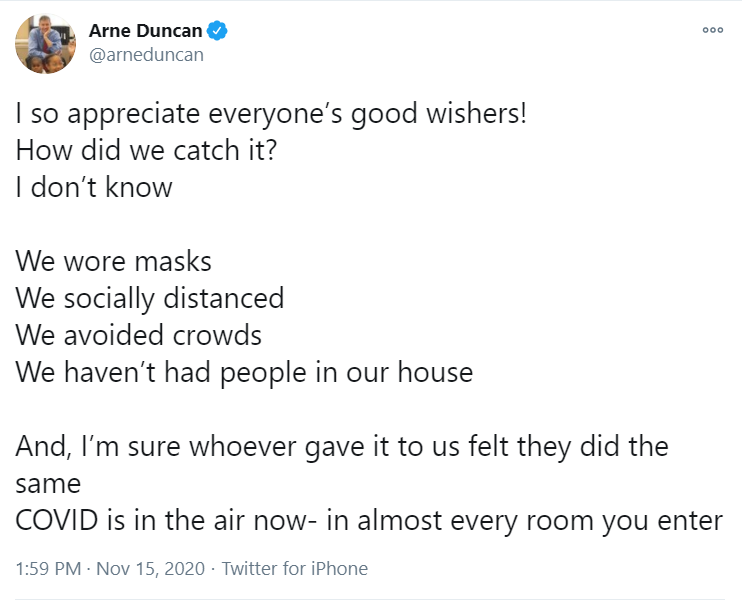
In March, some argued that schools going remote was going to make online education more mainstream and more accepted as an effective form of instruction. I argued it was the opposite, that this was really bad for online degrees. (1/4)
https://twitter.com/NorelSky/status/1329149348047953929
Imagine being a student during all this and suffering through countless Zoom classes. Then graduating with your only online learning experience being this. Then you take on a role in which you begin making decisions about job applications. (2/4)
Then you get an application from someone with and online degree along with another a bit less qualified applicant with a traditional college degree. Which one do you give the job to? (3/4)
This generation will passionately hate online learning. Anything hated by this many people will have serious problems. Don't get me wrong, online learning has its place and it can be effective. But not as a replacement for K-12 or college. (4/4)
• • •
Missing some Tweet in this thread? You can try to
force a refresh


